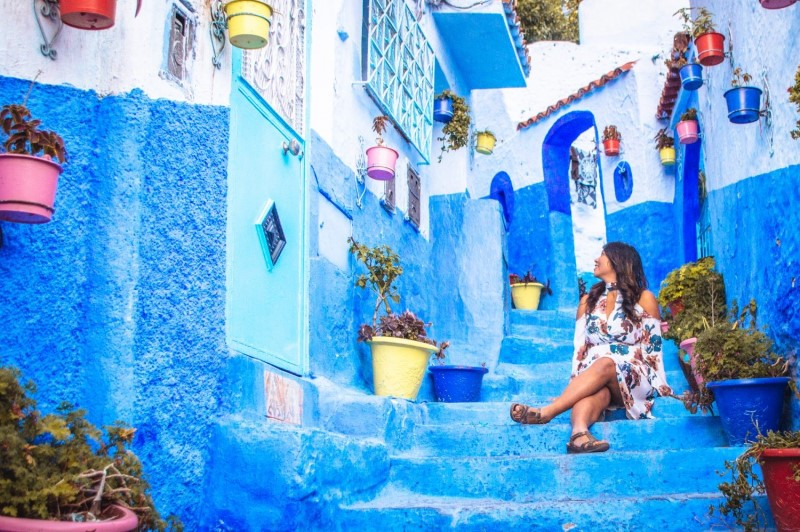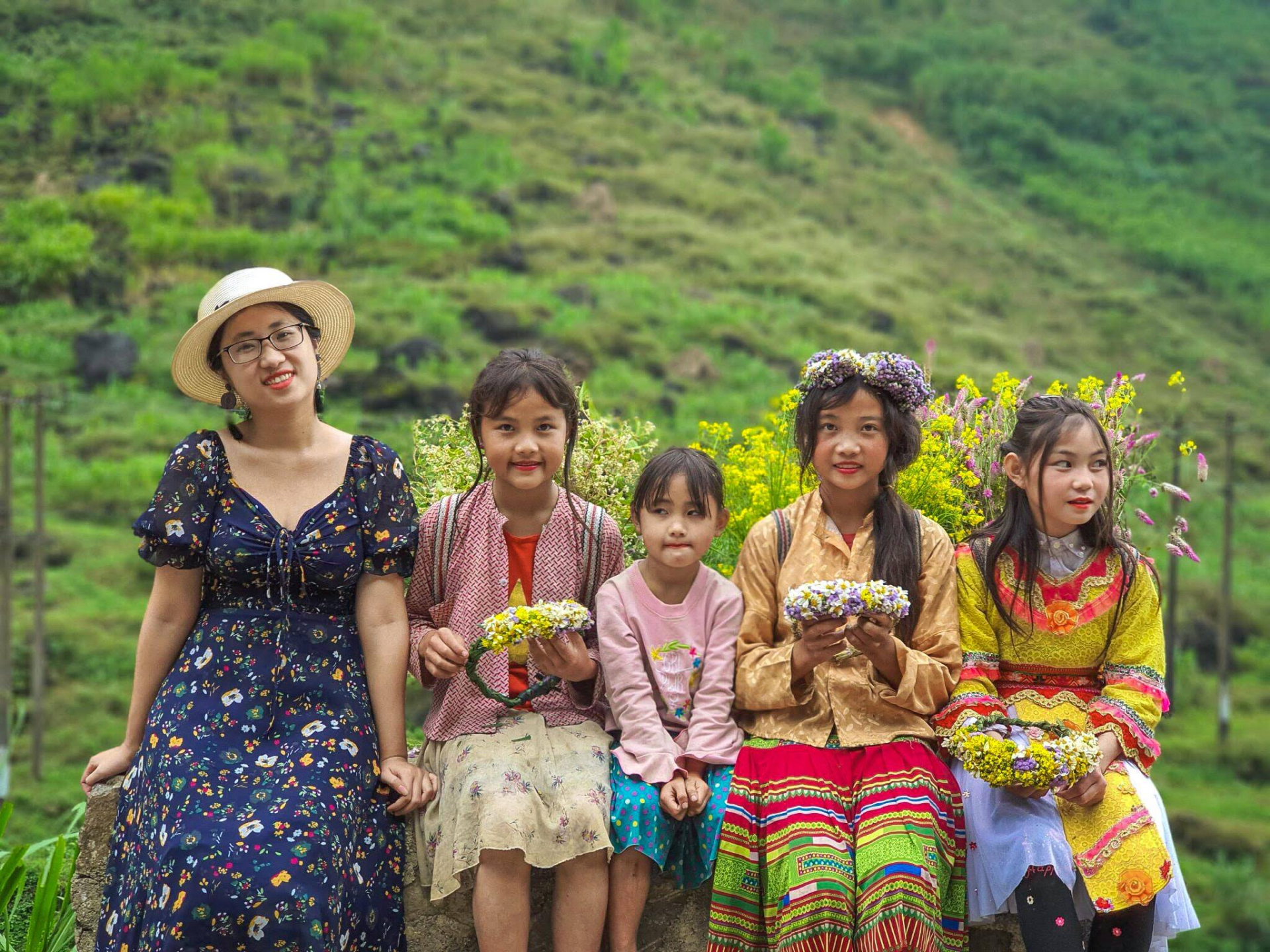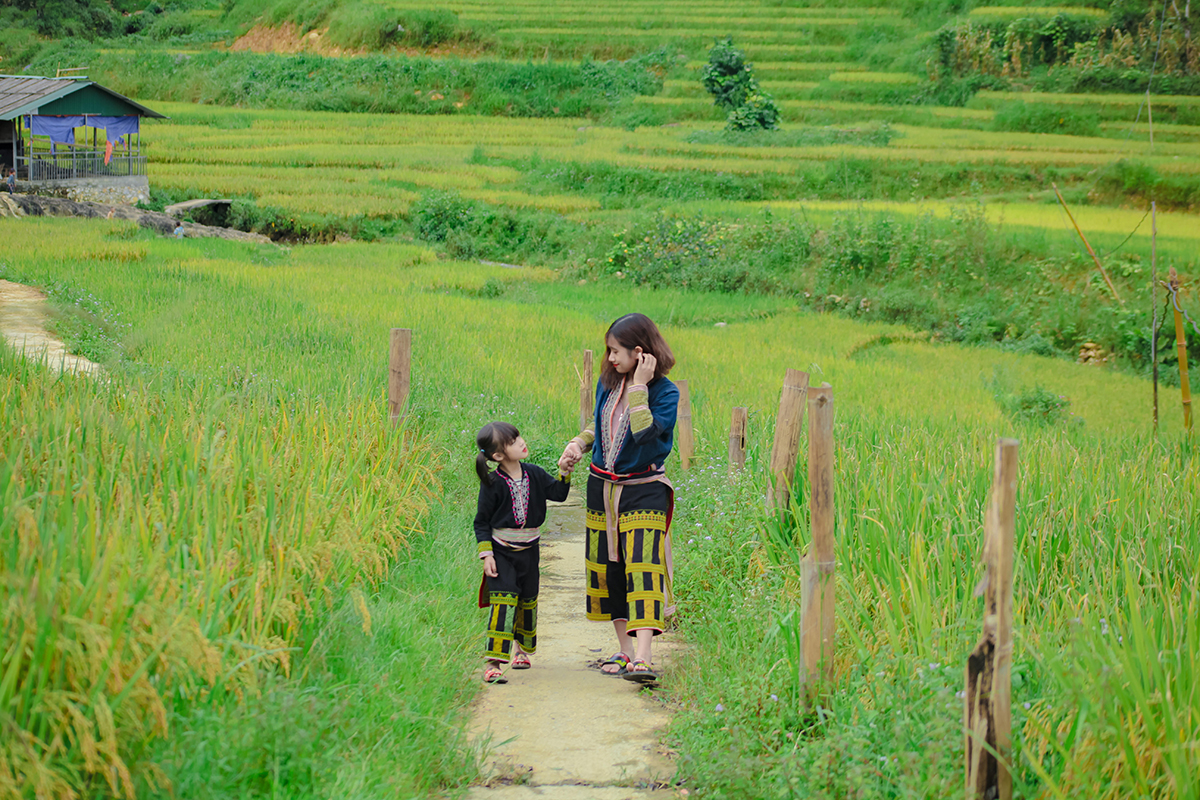The Best Travel Destinations And Attractions In Asia For Tourists
| Most Famous "Bucket List" Destinations For Tourists By Continent | |
| Vietnamese Woman Quits Job, Backpacking 600 Days To Find Meaning Of Life | |
| Vietnamese Teacher and Blogger Celebrates Passion for Travel |
Asia, the world’s largest and most diverse continent. It occupies the eastern four-fifths of the giant Eurasian landmass. Asia is more a geographic term than a homogeneous continent, and the use of the term to describe such a vast area always carries the potential of obscuring the enormous diversity among the regions it encompasses. Asia has both the highest and the lowest points on the surface of Earth, has the longest coastline of any continent, is subject overall to the world’s widest climatic extremes, and, consequently, produces the most varied forms of vegetation and animal life on Earth. In addition, the peoples of Asia have established the broadest variety of human adaptation found on any of the continents.
Asia is bounded by the Arctic Ocean to the north, the Pacific Ocean to the east, the Indian Ocean to the south, the Red Sea (as well as the inland seas of the Atlantic Ocean—the Mediterranean and the Black) to the southwest, and Europe to the west. Asia is separated from North America to the northeast by the Bering Strait and from Australia to the southeast by the seas and straits connecting the Indian and Pacific oceans.
Despite most of Asia being closed to tourism in the past year, people still searched for information on these experiences:
Touring the Taj Mahal
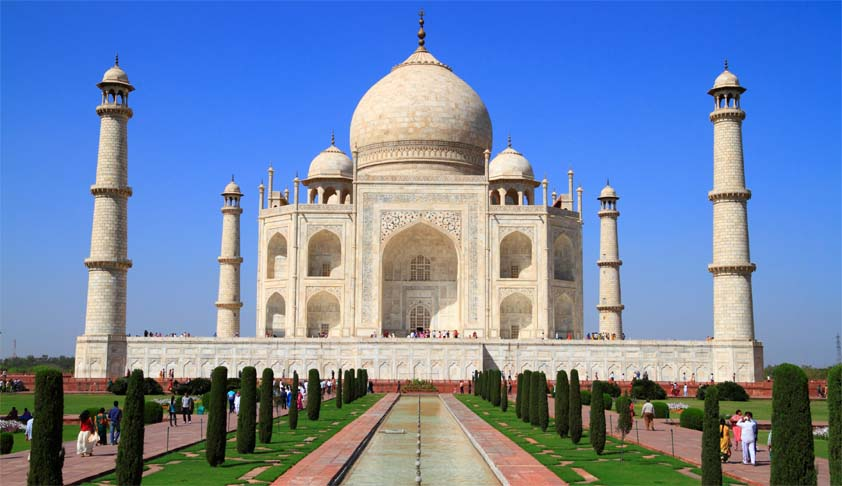 |
| Photo: Live Law |
The Taj Mahal looms fairytale-like from the banks of the Yamuna River. It's India’s most recognized monument and is also one of the Seven Wonders of the World. The monument dates back to 1632 and is actually a tomb that contains the body of Mumtaz Mahal—the wife of Mughal emperor Shah Jahan. He had it built as an ode to his love for her. It's made out of marble and took 22 years and 20 000 workers to complete. Words cannot do the Taj Mahal justice, its incredible detail simply has to be seen to be appreciated.
The best time is from November to February, otherwise it can be unbearably hot or rainy. You'll be able to get some excellent off-season discounts though.
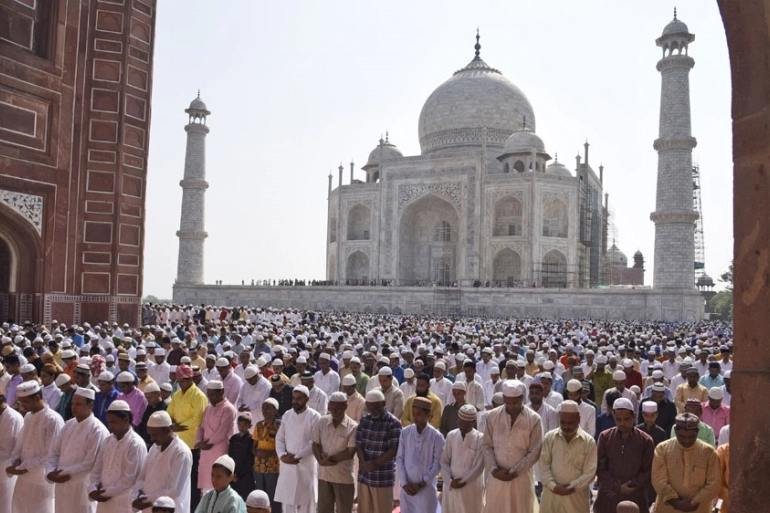 |
| Photo: Al Jazeera |
The Taj Mahal appears to gradually alter its color in the changing light of the day. It’s well worth the effort to get up early and spend sunrise there, as it majestically reveals itself. Visiting around dawn will also enable you to beat the huge crowds that start arriving later in the morning.
Traveling to Japan during cherry blossom season
Whether it’s a blossom-framed Mt. Fuji or a petal-dusted temple, it’s hard to picture Japan without at least a hint of pink. Only lasting a few weeks but easily the most anticipated time of the year, cherry blossom season is a beautiful but busy time to explore Japan.
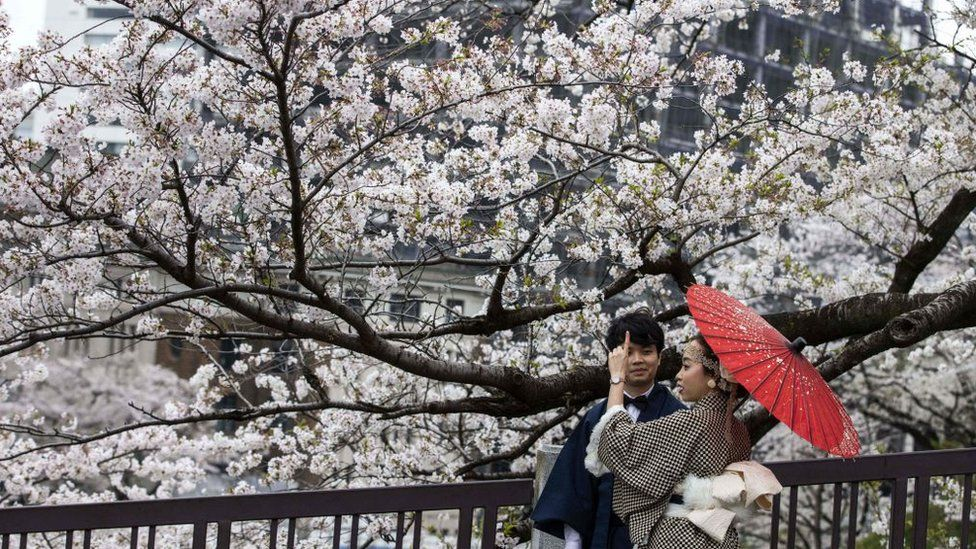 |
| Photo: BBC |
At first glance, Japan’s love affair with cherry blossoms, aka sakura, is easy to understand. The pretty pink petals come in a surprisingly vast array of shades and shapes, filling parks and decorating temples. Used to signify the end of winter and the start of the rice-planting season, the trees have long been portrayed in prints and legends and have fast become synonymous with the country. Known for natural beauty, elegance, and tradition as well as the culture of cuteness, Japan has found a one-fits-all symbol, but the national love of blossom goes deeper than you might expect.
For visitors, the cherry blossom viewing season offers not only a chance to see some of the scenes straight out of the guidebooks, but to experience the unique atmosphere of hanami. The start of Spring brings a buzz of optimism and excitement that’s unique to the fleeting few weeks of the blooms. A rare freedom from Japan’s usual formal ways, a festival-atmosphere reigns and friends are easily made. Heading to a local park with a blue tarp, a DIY picnic, and a few drinks may end up being the highlight of your trip. After all, enjoying the moment and taking a break from the sightseeing schedules to enjoy your surroundings is exactly what sakura is all about.
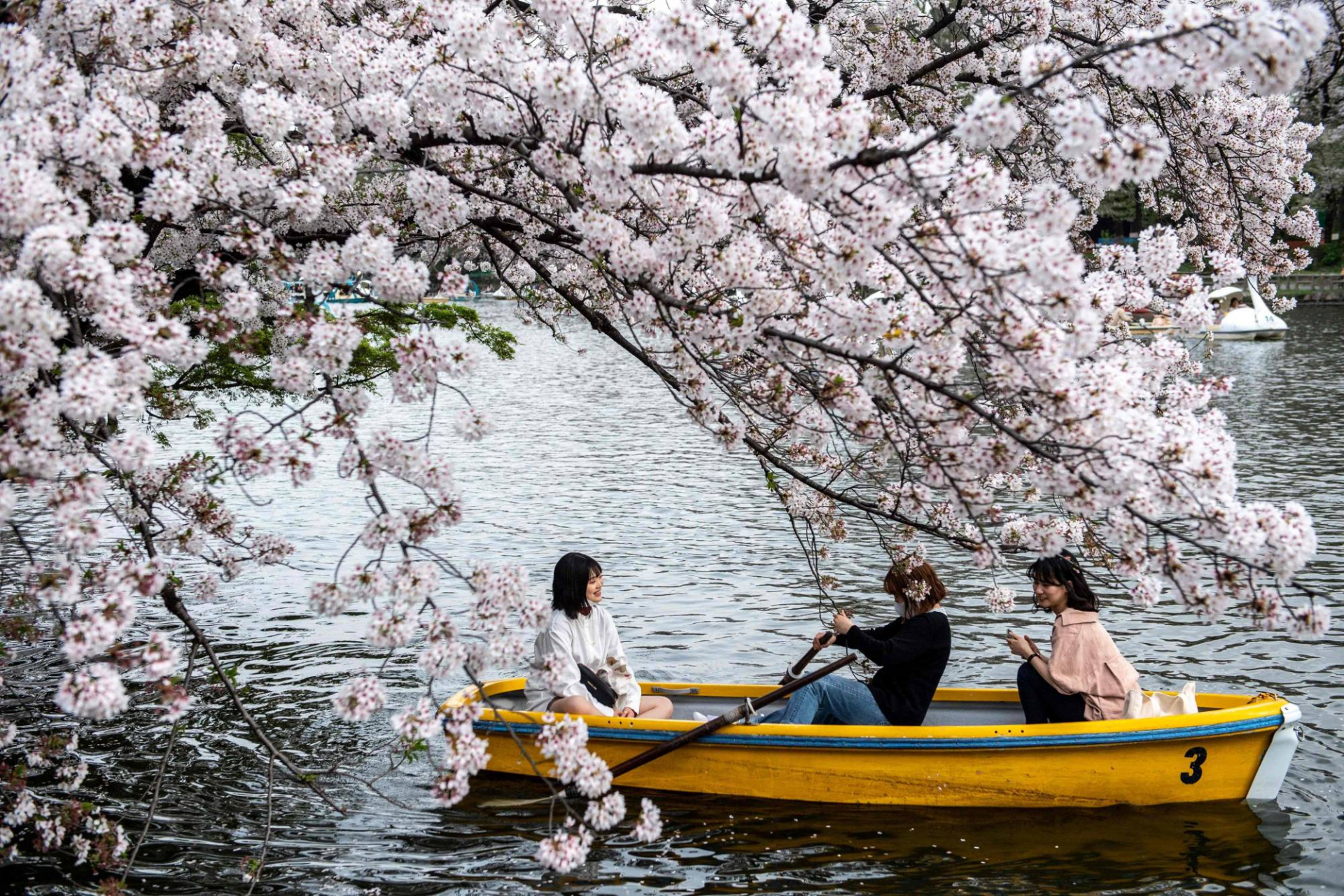 |
| Photo: The Japan Times |
Seeing China’s Forbidden City
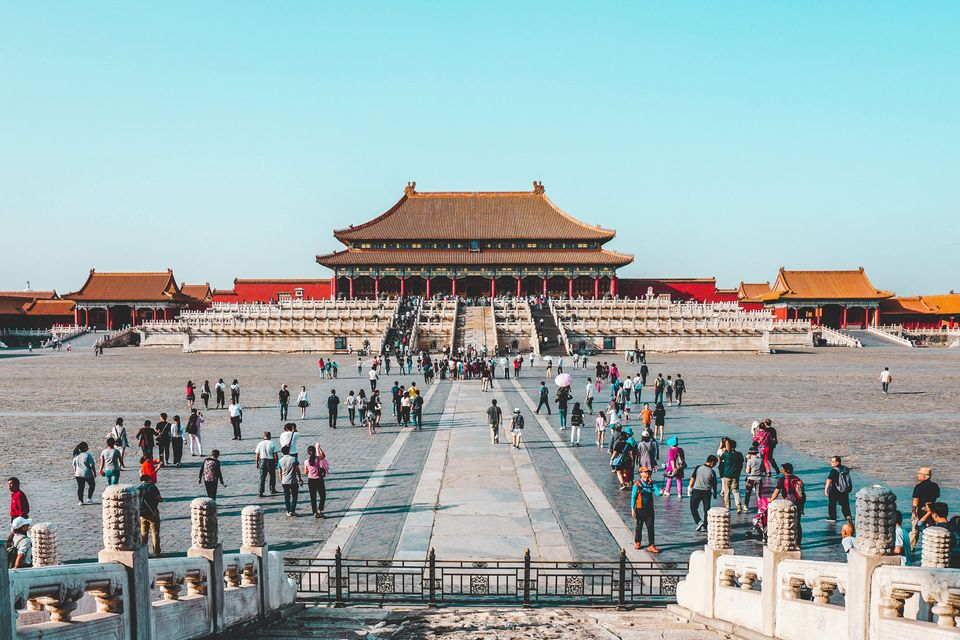 |
| Photo: The Art Newspaper |
Forbidden City, Chinese (Pinyin) Zijincheng or (Wade-Giles romanization) Tzu-chin-ch’eng, imperial palace complex at the heart of Beijing (Peking), China. Commissioned in 1406 by the Yongle emperor of the Ming dynasty, it was first officially occupied by the court in 1420. It was so named because access to the area was barred to most of the subjects of the realm. Government functionaries and even the imperial family were permitted only limited access; the emperor alone could enter any section at will. The 178-acre (72-hectare) compound was designated a UNESCO World Heritage site in 1987 in recognition of its importance as the centre of Chinese power for five centuries, as well as for its unparalleled architecture and its current role as the Palace Museum of dynastic art and history.
The architecture of the walled complex adheres rigidly to the traditional Chinese geomantic practice of feng shui. The orientation of the Forbidden City, and for that matter all of Beijing, follows a north-south line. Within the compound, all the most important buildings, especially those along the main axis, face south to honour the Sun. The buildings and the ceremonial spaces between them are arranged to convey an impression of great imperial power while reinforcing the insignificance of the individual. This architectural conceit is borne out to the smallest of details—the relative importance of a building can be judged not only from its height or width but also by the style of its roof and the number of figurines perched on the roof’s ridges.
Diving at Indonesia’s Raja Ampat islands
Far from the view-blocking skyscrapers, dense and hectic concrete jungles, congested traffics, flickering electric billboards, endless annoying noises, and all the nuisances of modern cities, you will find a pristine paradise where Mother Nature and warm friendly people welcome you with all the exceptional wonders in Raja Ampat, the islands-regency in West Papua Province. With all the spectacular wonders above and beyond its waters, as well as on land and amidst the thick jungles, this is truly the place where words such as beautiful, enchanting, magnificent, and fascinating get its true physical meaning.
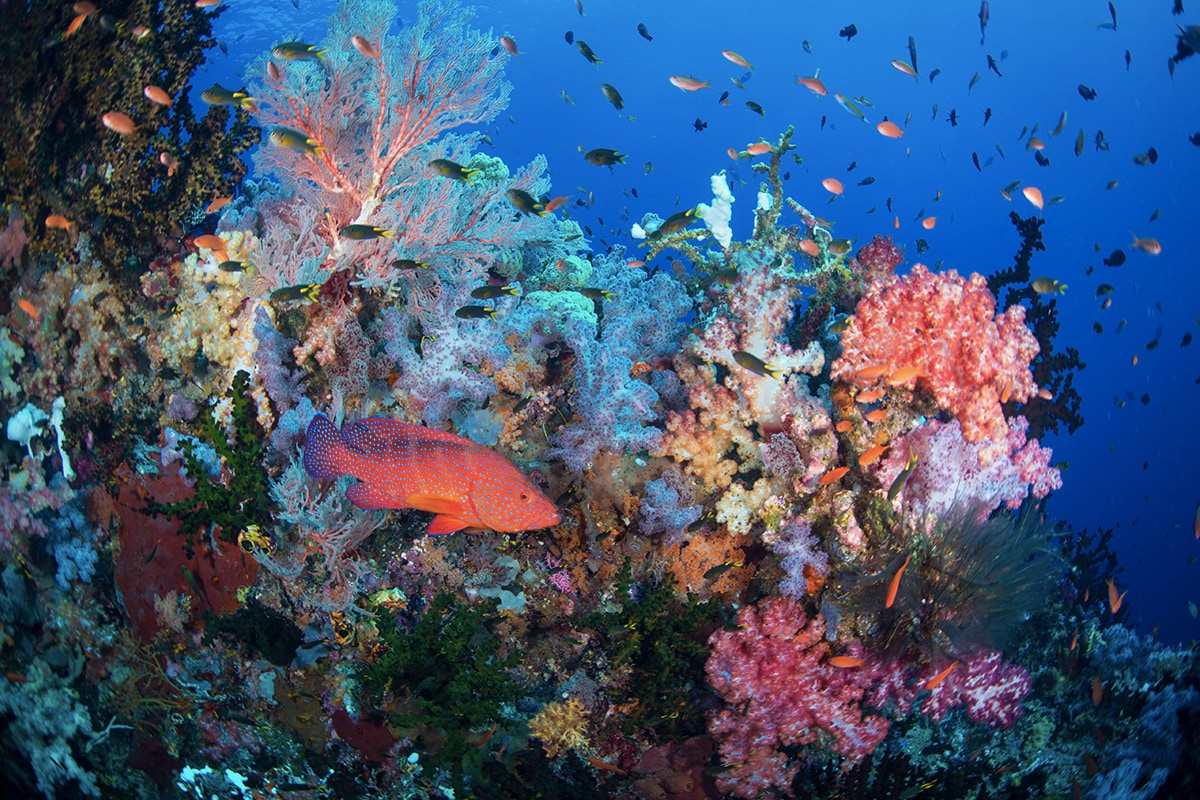 |
| Photo: Wonderful Indonesia |
Situated off the northwest tip of Bird’s Head Peninsula on Papua, the most eastern island of the Indonesian Archipelago, Raja Ampat or literally meaning ‘The Four Kings’ is an archipelago comprising over 1,500 small islands, cays, and shoals surrounding the four main islands of Waigeo, Batanta, Salawati, and Misool. The name Raja Ampat itself is believed to derive from a legend where a woman found seven eggs, with four of them hatch and become the kings of the four main islands, while the other three became a woman, a ghost, and a stone.
For underwater enthusiasts, Raja Ampat definitely offers some of the world’s ultimate experience. The territory within the islands of the Four Kings is enormous, covering 9.8 million acres of land and sea, home to 540 types of corals, more than 1,000 types of coral fish and 700 types of mollusks. This makes it the most diverse living library for the world's coral reef and underwater biota.
Hiking to the Mount Everest base camp in Nepal
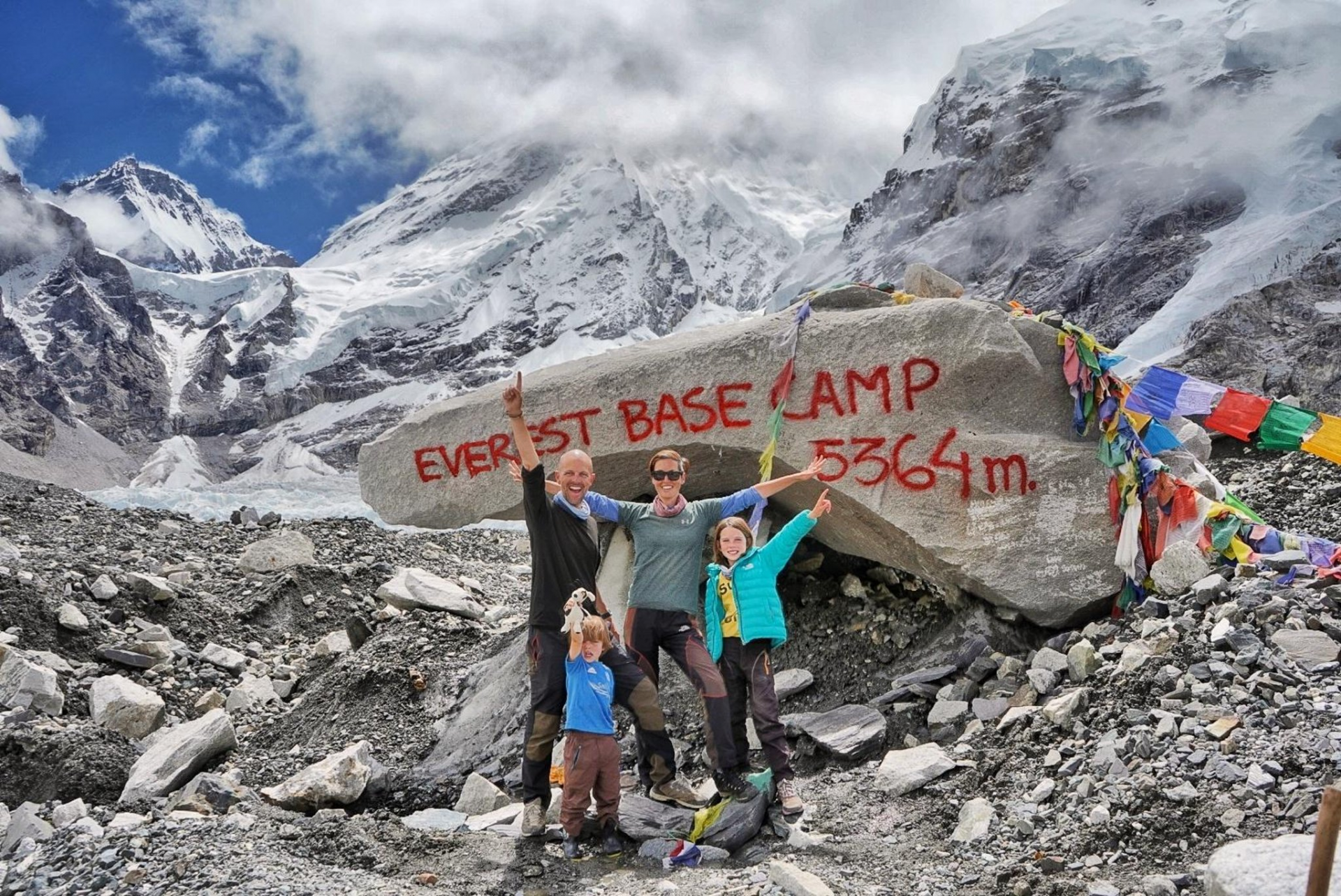 |
| Photo: Scotsman |
Everest is more than a mountain and the journey to its base camp is more than just a trek. Along a route dubbed by some as "the steps to heaven," every bend in the trail provides another photo opportunity — beautiful forests, Sherpa villages, glacial moraines, and foothills. For active adventurers not afraid to break a sweat, our full trekking support staff will bring you close to local cultures before opening a window to the top of the world.
The base camps are rudimentary campsites at the base of Mount Everest that are used by mountain climbers during their ascent and descent; they are also visited by hikers. South Base Camp is used when climbing via the southeast ridge, while North Base Camp is used when climbing via the northeast ridge.
Supplies are shipped to the South Base Camp by porters, and with the help of animals, usually yaks. The North Base Camp is accessed by a paved road that branches from China National Highway 318. Climbers typically rest at base camp for several days for acclimatization, to reduce the risk of altitude sickness.
Swimming in the Dead Sea
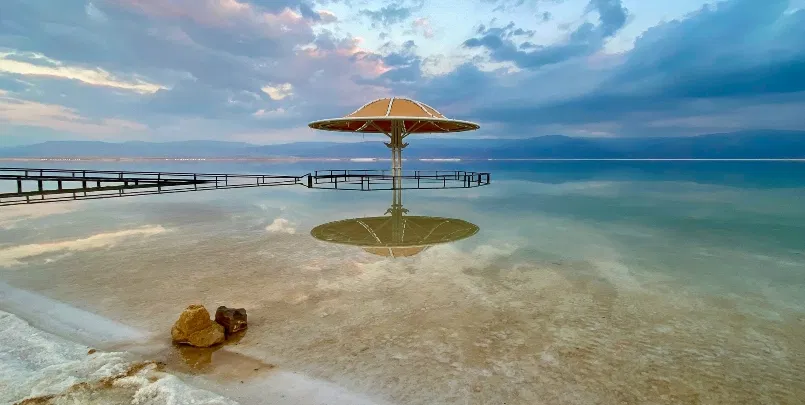 |
| Photo: Tourististravel |
The Dead Sea, known in Hebrew as Yam Ha-Melakh (the Sea of Salt) is the lowest point on earth. It’s surrounded by the stunning landscape of the Negev Desert. The shores of the Dead Sea are the lowest point on the surface of the earth. The saline waters of the lake means no fish can survive in the salty waters, hence the name. The other result of the salty water is their renowned health and healing properties of the mud. You can also float naturally in them. There are tours to the Dead Sea available from across Israel which allow you to experience this yourself. Alternatively, staying at a Dead Sea Hotel provides additional spa and treatment experiences.
Really just a lake, the Dead Sea is part of the long border between Israel and Jordan whose towering mountains can be seen from the Israeli side, part of the Judean and Negev deserts. Just a one-hour drive from Jerusalem, the sea is a place popular with Israelis wanting a few days relaxation or taking advantage of the medical properties of the water. It’s also popular with tourists staying for a short time to experience the unique Sea and surroundings. People famously cover themselves in the mineral-rich mud and float in the salty waters at its beaches.
Watching the sunrise at Angkor Wat
Angkor Wat is an ancient city in Cambodia that was the center of the Khmer empire that once ruled most of Southeast Asia.
This civilization went extinct, but not before building amazing temples and buildings that were reclaimed by the jungle for hundreds of years. Though this place is always packed with tourists, the area and ruins are still breathtaking to see.
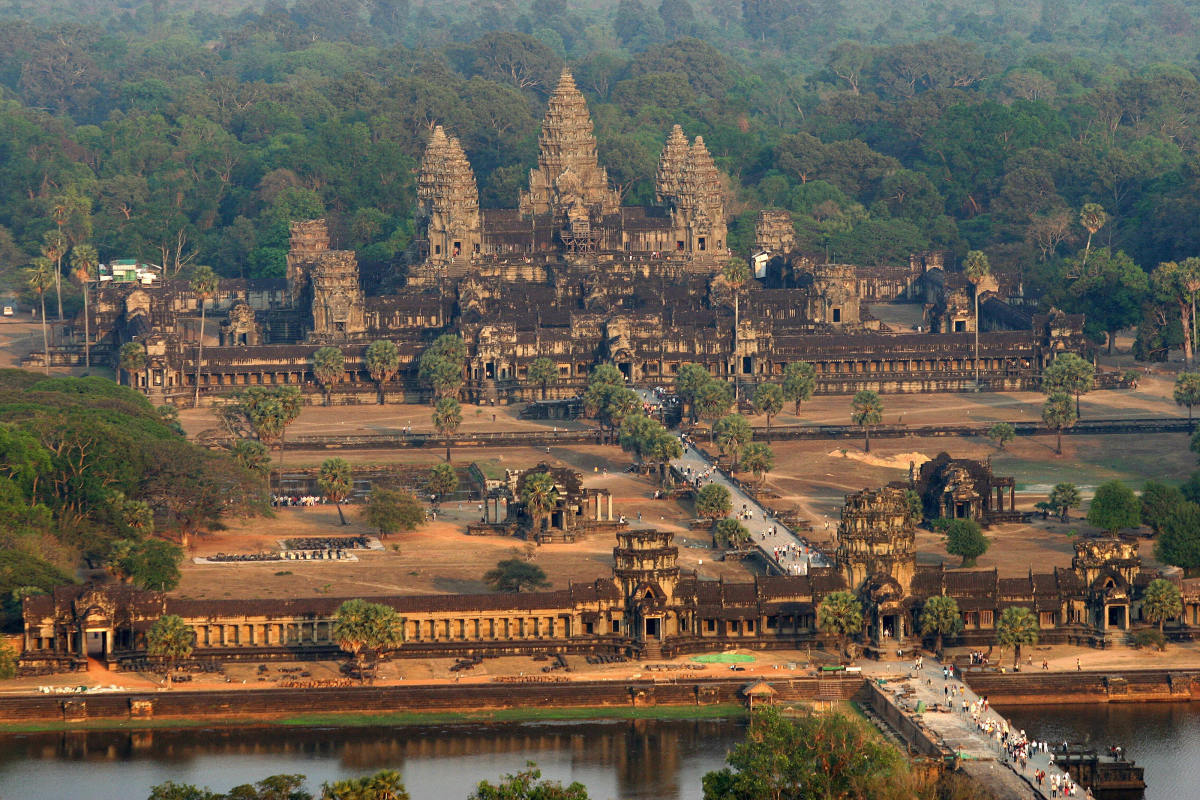 |
| Photo: History |
Angkor Wat combines two basic plans of Khmer temple architecture: the temple-mountain and the later galleried temple. It is designed to represent Mount Meru, home of the devas in Hindu and Buddhist cosmology. Unlike most Angkorian temples, Angkor Wat is oriented to the west. Scholars are divided as to the significance of this. The temple is admired for the grandeur and harmony of its architecture, extensive bas-reliefs, and statues of Buddhas and Devas that adorn its walls.
As the best-preserved temple at the site, it is the only one to have remained a significant religious centre since its foundation. The temple is at the top of the high classical style of Khmer architecture. It is one of the most important pilgrimage sites for Buddhists in Cambodia and around the world. It has become a symbol of Cambodia, appearing on its national flag, and it is the country's main tourist attraction. Angkor Wat played a major role in converting Cambodia into a Buddhist nation.
Visiting the Golden Bridge in Da Nang, Vietnam
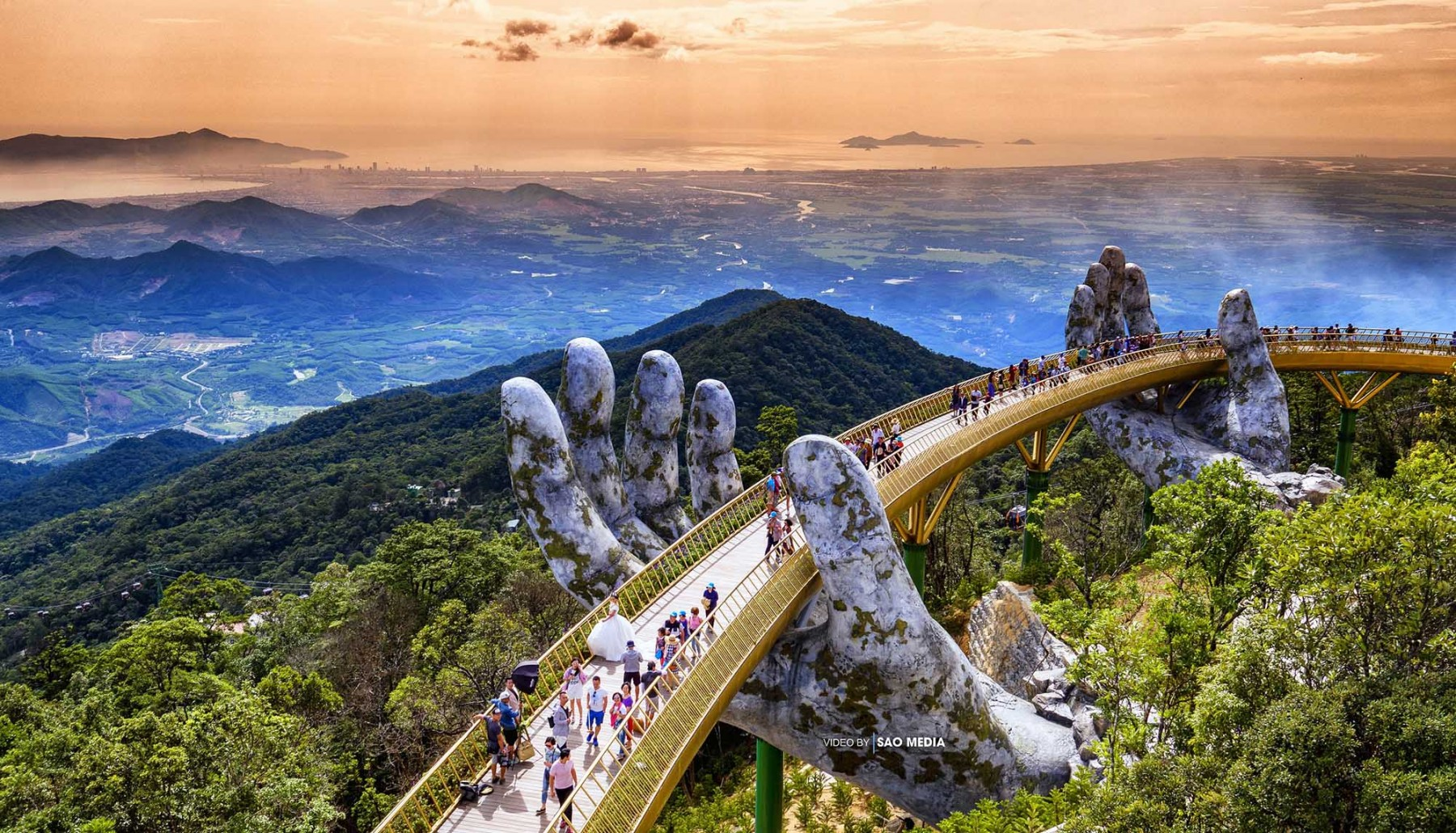 |
| Photo: Pullman Danang Beach Resort |
The Golden Bridge (Vietnam) is new architectural construction, which sets the location inside the Bana Hills entertainment – tourism complex. This bridge was built at the height of 1.400m above sea level and stretches about 150m long. The root of the name “Golden Bridge” comes from its gilded railing frame. More than being a pure architecture piece, Golden Bridge has been asserting itself as a new symbol of Da Nang’s tourism since the opening in June 2018.
Tourists flock here to take some pictures at the place where journalists and travel bloggers around the world are praising that being majestic and impressive as a scene in “Game of Thrones” or “The Lords of the Rings”. The image of a huge couple of ancient hands (which is like hands of the Mountain God) is lifting the bridge as a shining golden silk strip, toward the high blue sky with deep green forests below, actually is not inferior to any blockbuster’s scenes.
Rewarded with a bunch of architecture competitions all over the world, the Golden Bridge features a harmonious blend of groundbreaking architecture and spectacular nature. Stretching 150m long and 12.8m wide, the Golden Bridge was made up of 8 arches. The most unique point of the Golden Bridge’s architecture is a contrast between the elegant curve and the giant hands holding the bridge. Taking a stroll around the Golden Bridge is like a walk on the clouds across the hands of the God of Mountain.
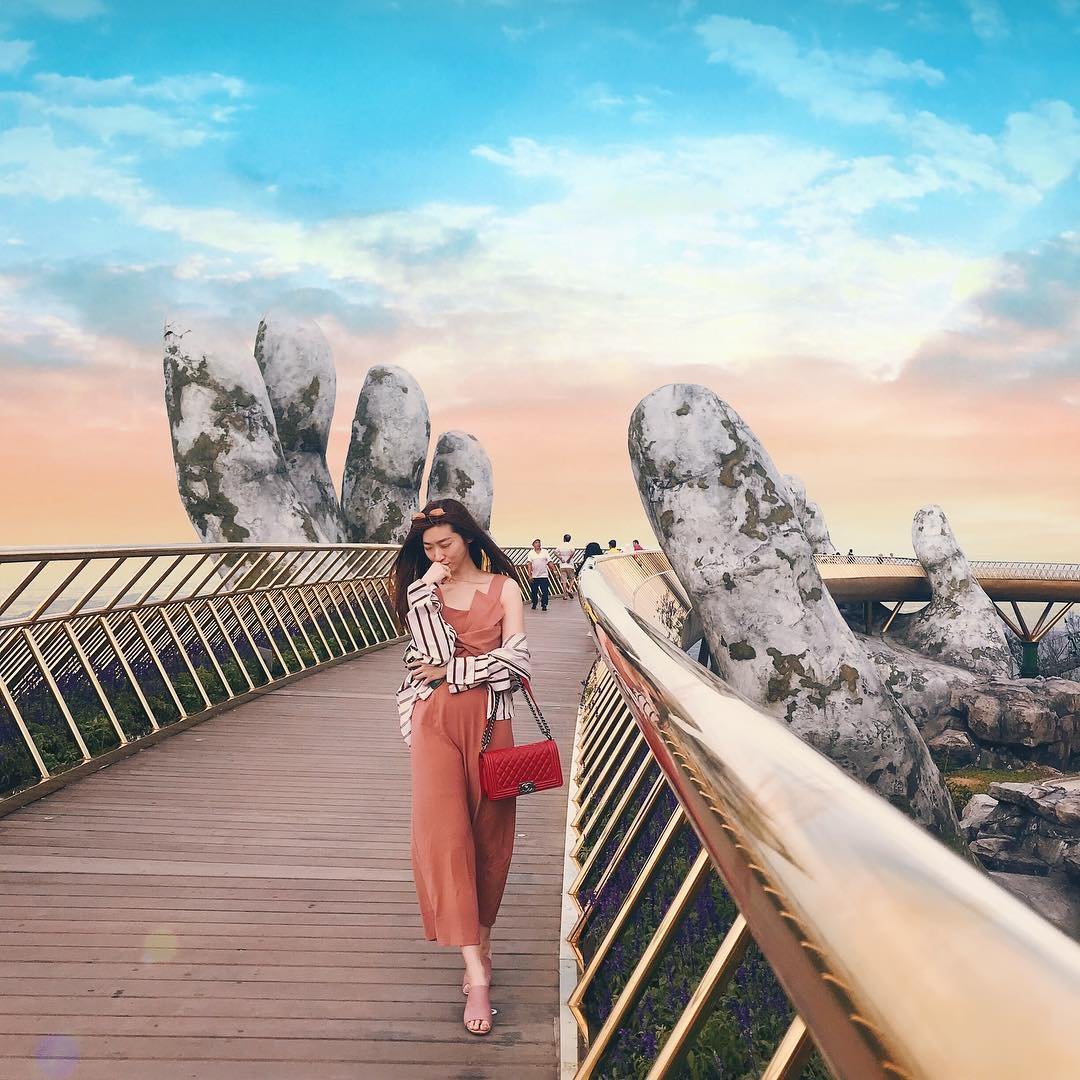 |
| Photo: Golden Tour |
Since its opening, the Gold Bridge, Da Nang has become a host of many big events, especially the “A walk on a cloud” fashion show of Fashion Voyage. Thanks to its out-of-the-world architecture, the Golden Bridge has inspired fashion designers to make superb collections. Besides, the bridge is a favorite spot for many couples to take their wedding photoshoot.
Strolling in Hoi An Acient Town
Unlike the dynamic Hanoi or Ho Chi Minh City, Hoi An Old Town seems to aside from the busy development of the country, remaining its ancient beauty from its roads to its architectural works. About 30km south of Da Nang city, Hoi An old town is really a great place to really get up close and personal with the real Vietnam, her people and past as well.
Here is also a rare place where you can find an elegant blend of Vietnamese, Chinese and Japanese architecture.
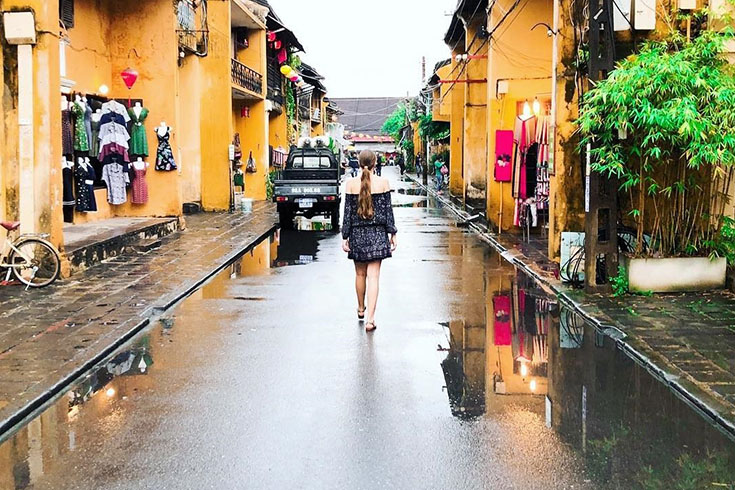 |
| Photo: Vietnamdiscovery |
Hoi An has been through a few centuries of history but still remains as in the very first days of its being born. Its two main historical landmarks are the occupying of the Japanese & Chinese, and the Western (Dutch and Spanish) during the 16th and 17th centuries.
During the period of the China trade, the town was called Hai Pho (Sea Town) in Vietnamese. Originally Hai Pho was a divided town, because across the “Japanese Bridge”, it used to be the Japanese settlement (16th-17th century). Then it was known to the French and Spanish as Faifo, a major international port city.
Thanks to these days, the foreign comprehensively positive and special pastimes and culture had made deep influences on today’s Hoi An.
Whoever coming to Vietnam could not deny that Hoi An old town is so attractive in terms of climate, architecture, religion, festivals and so on.
Hanoi Old Quarter
Hanoi, Vietnam’s capital lies in the North of the country and is one of the country’s top tourist hot spots. It offers French-colonial architecture, a rich food culture and a long history (the city celebrated its millennium in 2010.) The most well known and important districts in Hanoi are Ba Dinh District (aka the French Quarter) where the government offices are located and Hoan Kiem District (aka the Old Quarter) which is considered the city’s business hub and main tourist destination.
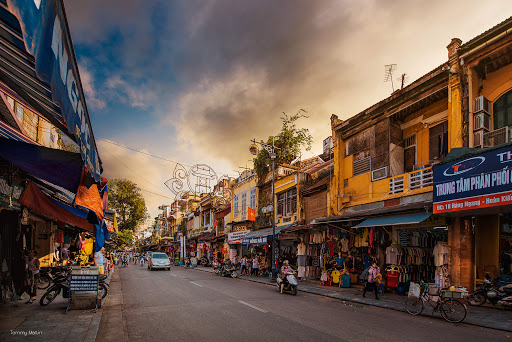 |
| Photo: Hanoi Old Quarter |
One of Hanoi’s most common sights is that of streets packed with scooters, bicycles and cars swarming around pedestrians like a school of fish. Then there are the many sidewalk vendors and people simply out for a stroll and the popular Old Quarter is no exception so walking around this district is distinct from a leisurely stroll in the park. Visitors have no choice but to face the traffic in the local style but the experience of exploring the historical area is a must-do and truly well worth it.
Once a bustling area where merchants and artisans gathered to sell their products, Ha Noi Old Quarter consists of many small, meandering streets, each bears the name of the goods that was specifically traded there such as Hang Bac (Silver Product), Hang Ma (Paper Product), Hang Go (Wood Product), just to name a few.
Visiting this unique historical vestige comfortably lying around Hoan Kiem Lake, tourists get lost in a totally different world from the rest of the city and have the chance to explore the modest but energetic life of the local a hundred years ago, where there were no high-rise buildings, too much traffic or fancy stores; things will get a little bit smaller, as visitors may have used to those skyscrapers and shopping centers in other parts of the city, but not at all less lively and vigorous.
Touring the Petronas Towers in Kuala Lumpur
Visible from all over the city, the Twin Towers are a true icon of Malaysia and well worth a visit during your time here.
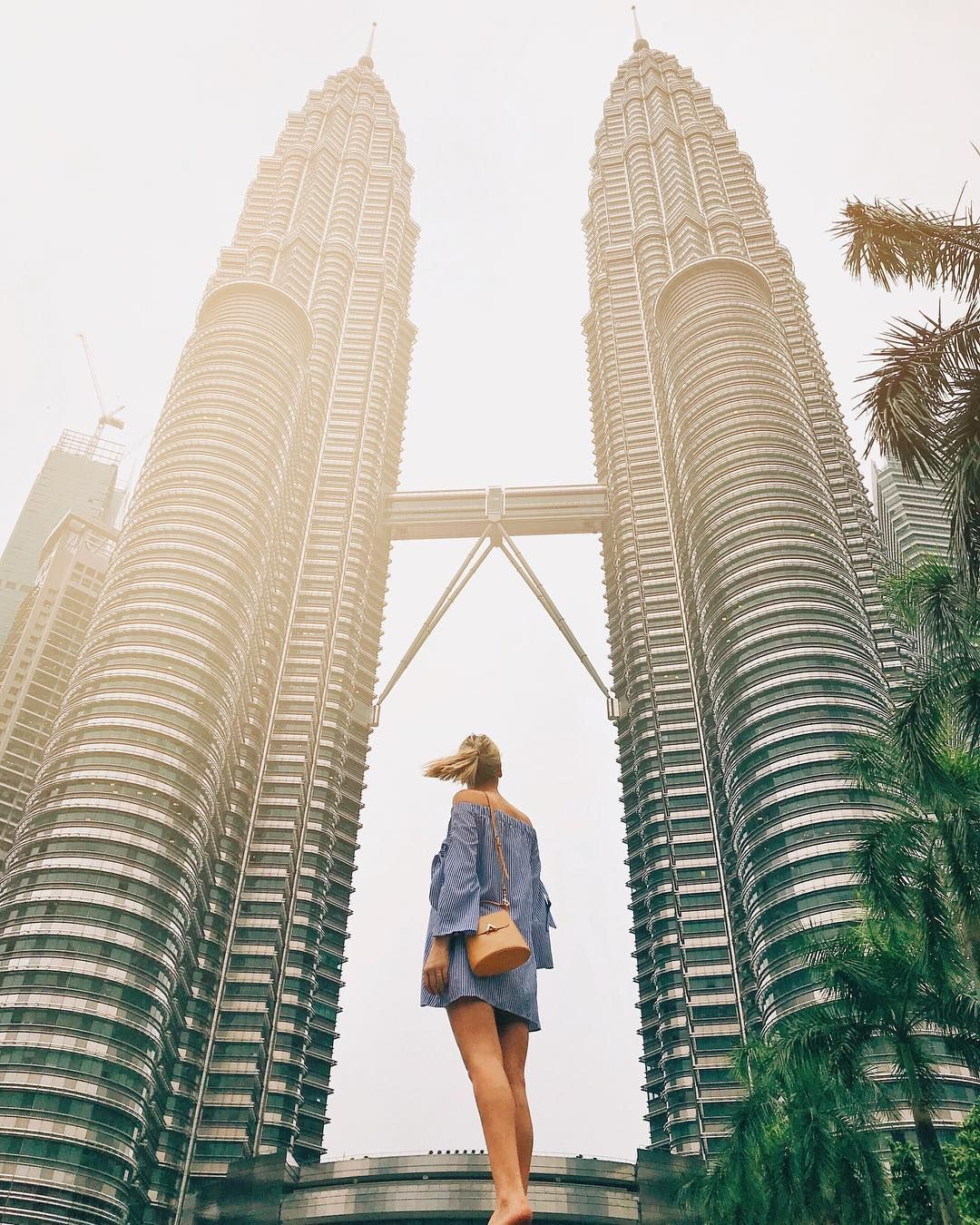 |
| Photo: Pinterest |
The 88 storey towers reach 452 metres and from their completion in 1998 up until October 2003 they were the tallest skyscrapers in the world; they are currently the tallest twin towers in the world.
On this one hour tour you will first visit the famous Skybridge. Lying between the two towers on 41st and 42nd floors, it is actually the world's highest two storey bridge.
The bridge is 170 metres above the ground, 58 metres long and is built of glass so you can look straight down to the ground as you cross! You will then head up to the Observation Deck on the 86th floor where you can enjoy some of the best views of the city. The Observation Deck only opened to the public in September 2010 and is a new 'must do' in the city.
Please note that the towers do sometimes close for maintenance for up to a week at a time and we generally have very little warning of this happening. If this is the case we will provide a refund.
 | The Best "Bucket List" Travel Expriences In Antarctica Antarctica, one of the coldest place, is where adventurous people go visit and marvel at its majestic beauty. No place on Earth compares to this ... |
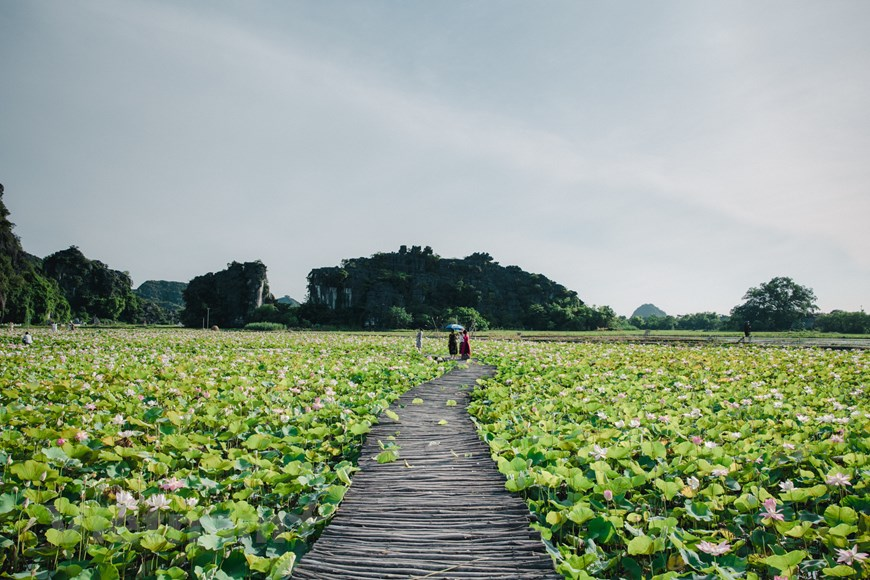 | Walking in Green Tranquility: Lotus Pond at Ninh Binh's Mua Cave Located at the foot of Ngoa Long Mountain, the lotus pond at Mua Cave is one of the most beautiful and famous attraction to the ... |
 | Unique "Bun Ken" Dish in Phu Quoc Island Impresses Touristst Not only it is impressive for it’s “loud name”, Bun Ken (Ken Vermicelli) also attracts tourists by its sweet and rich taste of multiple seafood ... |
Recommended
 World
World
India reports 9 Pakistani Aircraft Destroyed In Operation Sindoor Strikes
 World
World
Thailand Positions Itself As a Global Wellness Destination
 World
World
Indonesia Accelerates Procedures to Join OECD
 World
World
South Korea elects Lee Jae-myung president
 World
World
22nd Shangri-La Dialogue: Japan, Philippines boost defence cooperation
 World
World
Pakistan NCRC report explores emerging child rights issues
 World
World
"India has right to defend herself against terror," says German Foreign Minister, endorses Op Sindoor
 World
World

